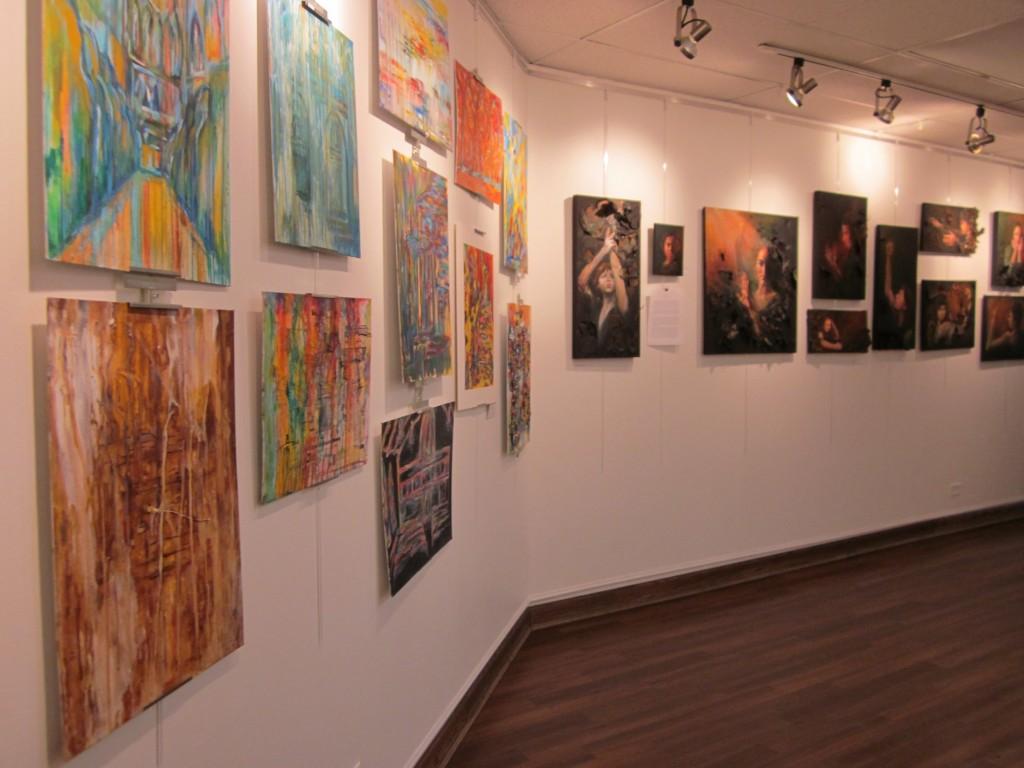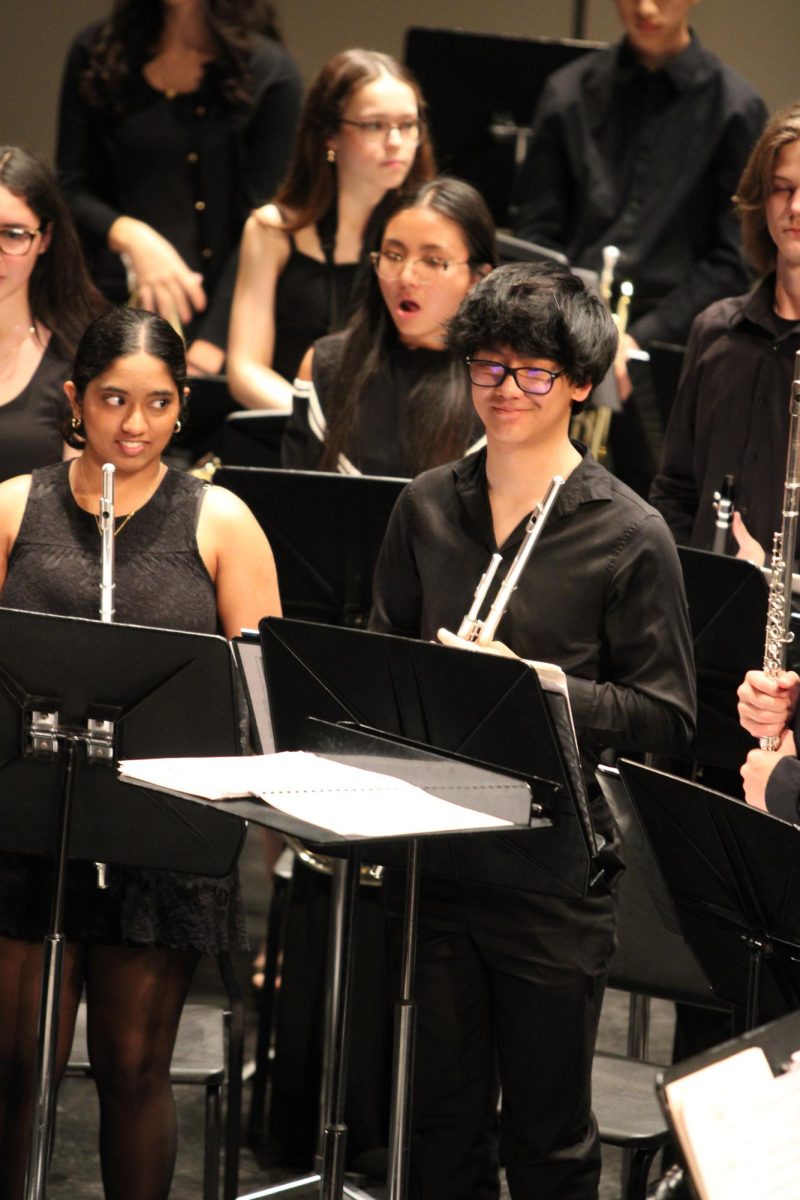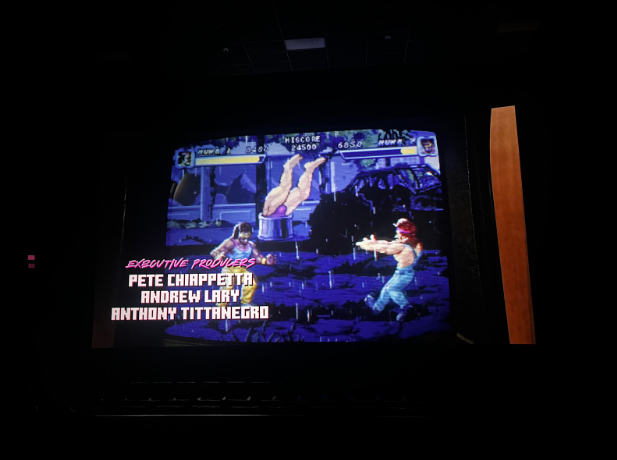Students in the AP Studio Art class selected 12 to 15 pieces that they considered to be their best work of the year to be featured in the AP Studio Art show “Wartercolor,” held from May 1-May 3.
Unlike previous years, all of the artwork in this year’s show was two dimensional, and included works of oil paints, pastels, pen and ink, and some mixed media.
“What visitors should see when they come into the show is a distinct vision presented by each artist,” said Ms. Milas, AP Studio Art teacher. “They should clearly be able to distinguish one student’s work from the other because their work is stylistically different, and in terms of their content, very different.”
Amanda Hart, senior, used acrylic paint in her artwork.“My concentration this year has been a focus on the interaction between spirituality and organized religion,” she said. “I chose this theme because alternatives to traditional organized religion have always interested me. The pieces show an exploration of my personal beliefs toward the subject.”
Katherine Kimel, senior, displayed a figure drawing piece and line drawings, which involved work with Sharpies and rulers. She said, “I also have one scratchboard piece, which is black paper that you scratch into with a knife so you get a white image.” Her concentration was structure, which was largely influenced by architectural elements, as she will be studying architecture in college. “Each piece took about seven or eight hours of just work with rulers,” she said.
On May 3, the artists and their families and friends attended a closing celebration. “This provides students with a wide variety of audience reactions to their work, which I think is beneficial to them because until you put the work up publicly, it’s only partially completed,” Milas said. “[As an artist] it’s never really complete until you go through that last experience with your work. And it definitely is a celebration of all the hard work.”
From her own perspective, Ms. Milas said she has observed the artists grow on multiple levels, including their ability to execute their artwork more efficiently and make more confident and rapid decisions. Additionally, she said, “I think another change has to do with how they feel about themselves as artists and moving from a sort of state where they have some insecurities about their creativity or their own ability to create art to a place where they feel really comfortable, and they can draw on a lot of skills, and they can overcome that anxiety that is natural at the start of any creative process, so that they become really good at just setting that aside and moving forward.”
Kimel personally believes she has matured in her art over time. “I can definitely say that I have grown from freshman year. I actually never knew anything about painting in general before I took painting freshman year, and I think I got much more diverse,” she said.
Ms. Milas feels that people sometimes do not realize the amount of time that must go into producing art, regardless of an artist’s talent. “What you’re looking at on the wall with any particular piece is probably 8 to 10 to 12—sometimes even more—hours for one piece. And so you’re looking at a significant amount of effort. In a lot of ways, they’re like athletes. They have to keep performing and putting the time in to fine-tune what they can do.”









